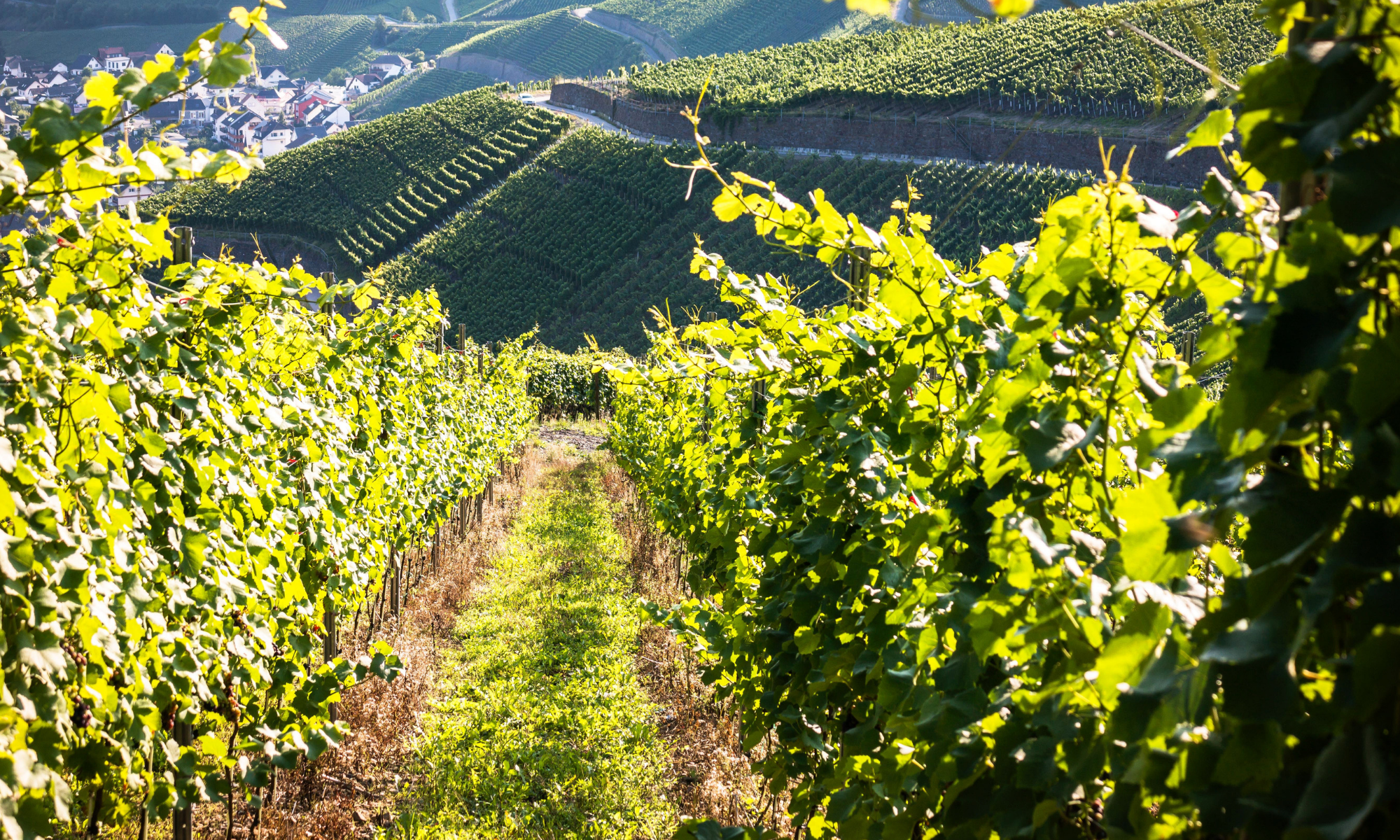Today at Growing with Science we are featuring A River’s Gifts: The Mighty Elwha River Reborn by Patricia Newman and illustrated by Natasha Donovan.

Running through the book is the story of the Elwha River, which flows from Olympic National Park to the ocean in Washington state. Centuries ago several varieties of salmon and trout swam up the river to have their young. Then in the early 1900s people dammed the river, blocking the salmon from swimming upstream and flooding the landscape. The salmon numbers dwindled and wildlife disappeared. But the dams fell into disrepair and members of the Lower Elwha Klallam Tribe and others persistently advocated to get them removed. Finally, in 1992, Congress passed The Elwha River Ecosystem and Fisheries Restoration Act, allowing for the dams to be demolished. Since that time, the river has made strides towards recovery.
In addition to the uplifting story of the restoration of the river and the salmon, plus the wildlife and people that rely on them, this book is jam-packed with all the fascinating information needed to truly understand the impact of the main story. Young readers will learn about river vocabulary words like headwaters, channels, riverbanks, etc. Do you know what an alevin is? Find out in the wonderful illustration of the life cycle of salmon. Learn about the workings of a hydroelectric dam and how the dams were removed. Explore how important salmon are to ecosystems through food webs, and much, much, more.
Natasha Donovan’s illustrations are the water that keep it all flowing. In the note in the back matter, she explains that she grew up on the West Coast and had a wealth of sensory experiences to draw on for her work.
A River’s Gifts is one of those special books that fit into many different lessons: geography, history, science, technology (dams), nature, ecology, art, and literature, to name a few. Essential for American Indian and Alaska Native Heritage Month, Earth Day, and of course, World River’s Day, readers will return to it again and again. Invest in a copy today!
Visit Growing with Science for more information and activity suggestions.

Copyright © 2022 Roberta Gibson All Rights Reserved.










